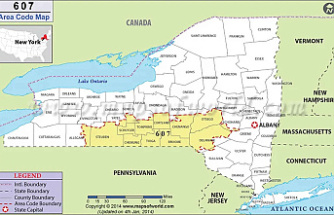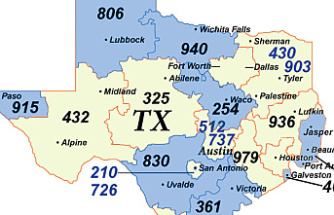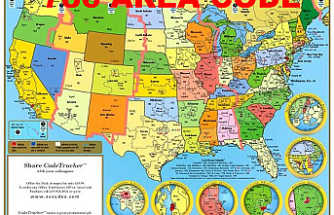Cottonwood tree removal
Lake Valley Golf Club homeowners should expect to experience inconveniences entering and exiting the neighborhood between Monday and Wednesday, according to an email from the Lake Valley and North Rim Homeowners Association.
• Golf Club Drive will be closed from 9 a.m. to 4 p.m. Monday and Tuesday
• Fairways Drive will remain open, but traffic might be reduced to one lane
More than 60 Cottonwood trees lining entrances to the Lake Valley and North Rim neighborhoods southwest of Longmont will be sent through a wood chipper next week.
A quote for the tree removal prepared by Longmont-based Parker Tree Service stated that the trees suffer from structural defects, lack strong root flare and lean toward the roadway, making them a liability to the Homeowners Association.
"The probability of one of these trees impacting a moving vehicle is somewhat possible," the document stated.
HOA Chairwoman Jane Meagher, a resident of the neighborhood for five years, said she's devastated the trees have to be ripped out, but the safety of residents outweighs the desire to keep them as part of the landscape. She said one tree located near the mailboxes toppled last December, and three other trees deemed potential liabilities were removed from the line.
"Everybody probably foresaw them as something that'd be there for the rest of their lives," she said.
The HOA approved the removal of 61 trees by Wednesday: 32 trees from the west side of Golf Club Drive, three trees to the east of Golf Club Drive and 26 trees from the west side of Fairways Drive. The cost is more than $8,000, according to the quote, which Meagher said the HOA budget covers.
The Cottonwoods were planted along a Boulder County right of way, county transportation engineer Mike Thomas said, though the HOA has historically maintained the landscaping.
One of the longtime homeowners, Janell Ince, said she doesn't understand how the HOA is liable if the trees are on county property. She said she is doubtful that every tree is dying and diseased. She's speaking up because she wants to see the trees saved.
"I'm a real nature lover, so I guess I can't see having a tree grow that long and then just chopping it down and that's OK," she said. "If they're truly diseased, how bad are they?"
The monoculture was planted in open areas, exposing them to the Front Range's forceful western wind and causing the trunks to lean east over the road, said Deryn Davidson, Colorado State University horticulture extension agent.
Davidson said she evaluated the trees and formed the opinion that they should be removed in phases. She said they already have dead and diseased wood, making them more prone to shedding limbs, they've been damaged by lawn mowers and weed wackers and they have shallow girdling roots.
"It's a shame to lose such big, mature trees like that because it's going to have an impact," Davidson said. "But you have to balance the risk of keeping the trees versus the risk that they potentially pose to residents and visitors to the area."
She said there's no way to say that in the next big wind storm they'll come down, but the HOA did its due diligence in taking care of the unpredictable trees.
Ince said during the last big wind event, her roof was damaged, but the trees remained standing.
"It seems like to me if they were in such distress that something would have happened," she said.
Her husband, Roy Ince, said he understands that the trees should be bulldozed if they're dead, but he wishes the trees would be thinned out over time instead of all at once.
"I think everybody wants the community to be safe. But then the question becomes, are the trees safe or are the trees not safe?" Roy Ince said.
Meagher said the HOA is holding a special meeting March 5 to hear homeowners' input about the trees as well as other future improvement projects, such as the replacement of recently removed playground equipment.
Stopped at the mailboxes on Golf Club Drive Friday, with a view of the stump of the tree that toppled in December, Bill Kaewert said he was on the board when the trees were planted and that one of the major safety concerns raised back then was the speeders. He said the chances of getting hit by a tree are far lower than getting hit by a fast driver.
"If you ask an arborist whether it's safe, it's like asking whether you were to ask a dog catcher what the biggest problem was," he said. "He'd say getting bitten by a dog. It depends on who you ask. Have we had any traffic engineers out here?"
Kaewert walked up while Janell Ince was looking up at the trees, talking about how beautiful they look in the fall and how they provide homes for squirrels and birds.
"If a tree comes down, it's an act of nature," she said. "Trees come down. They come down in the forest. Boom. They're down. But for all of these to fall in a week? I don't think so."
Amelia Arvesen: 303-684-5212, arvesena@times-call.com or twitter.com/ameliaarvesen
Our editors found this article on this site using Google and regenerated it for our readers.












